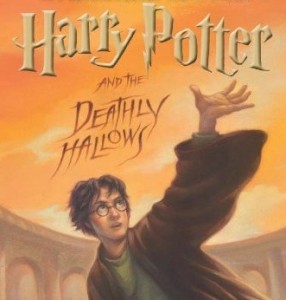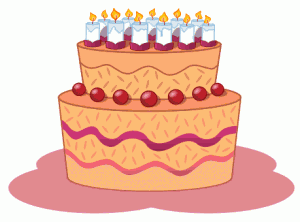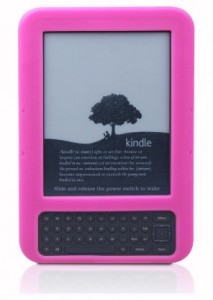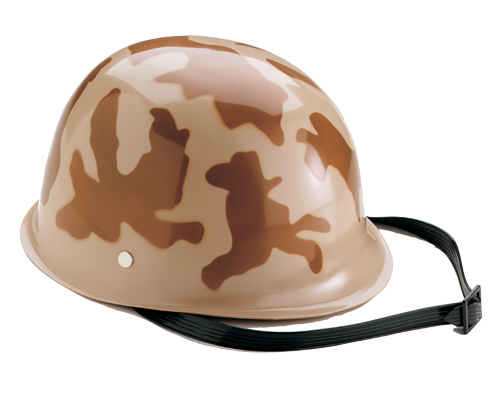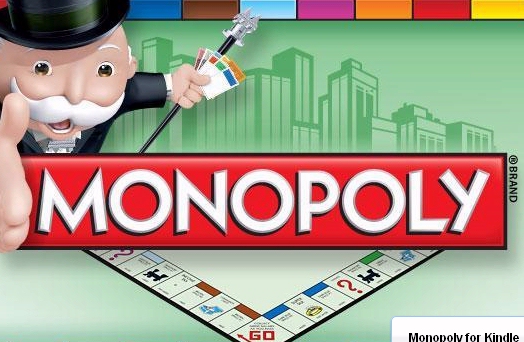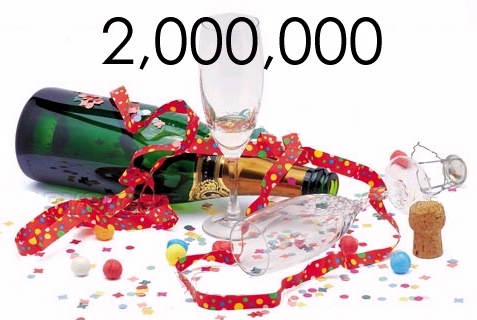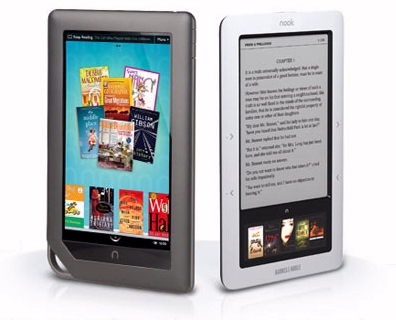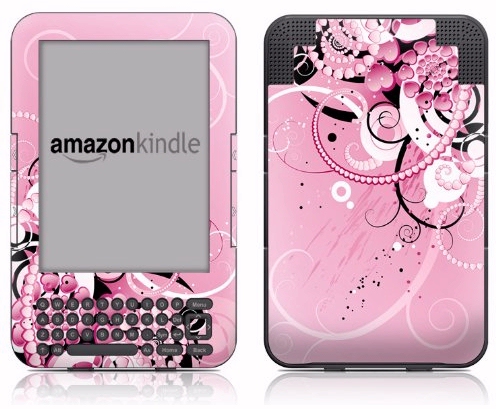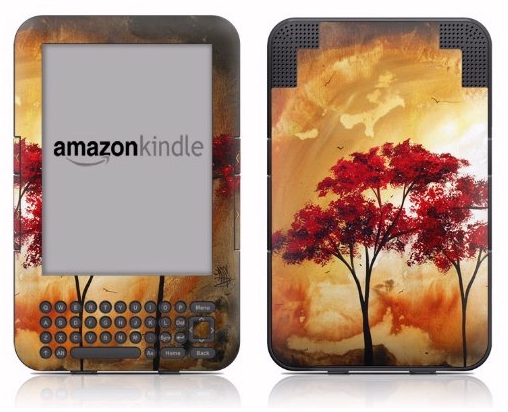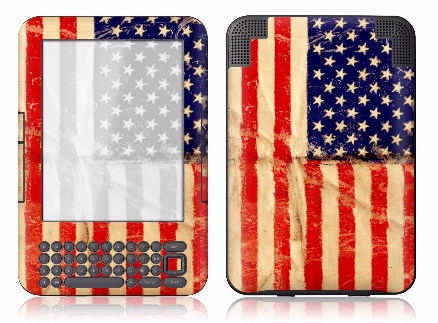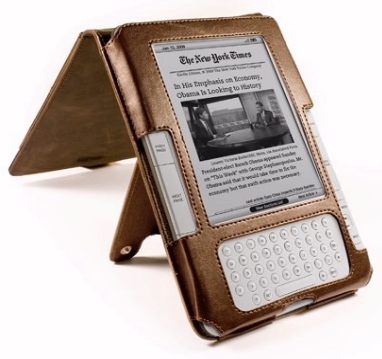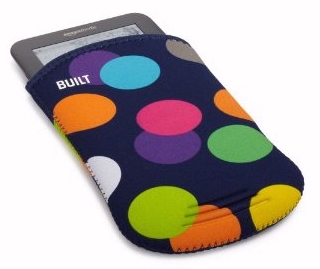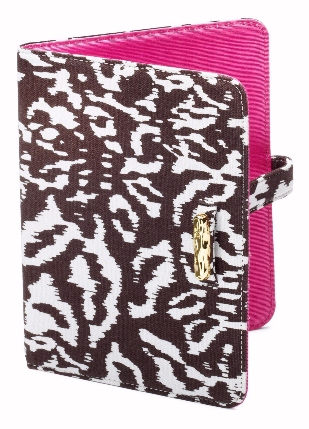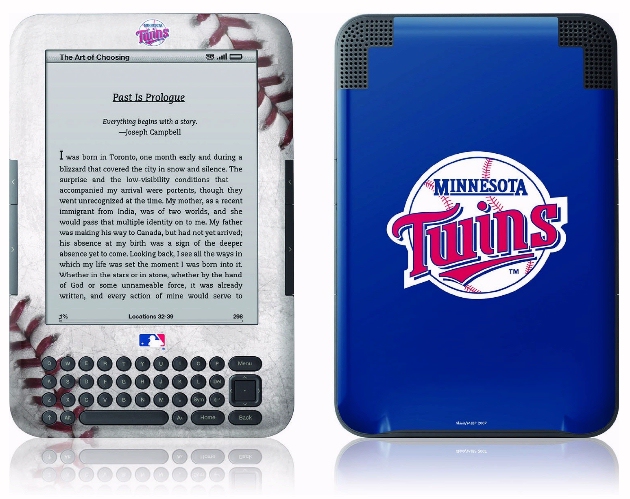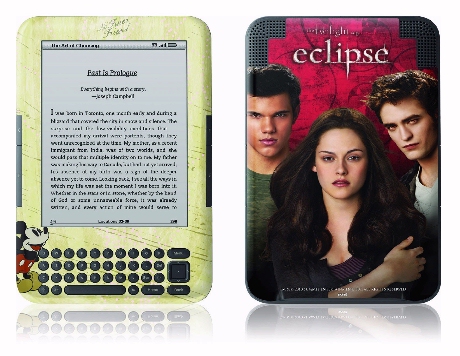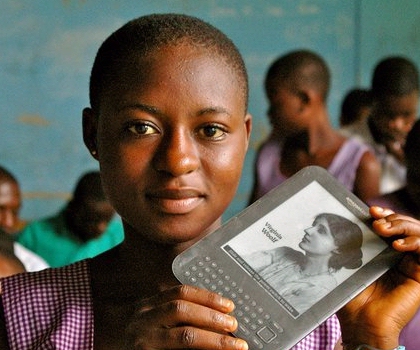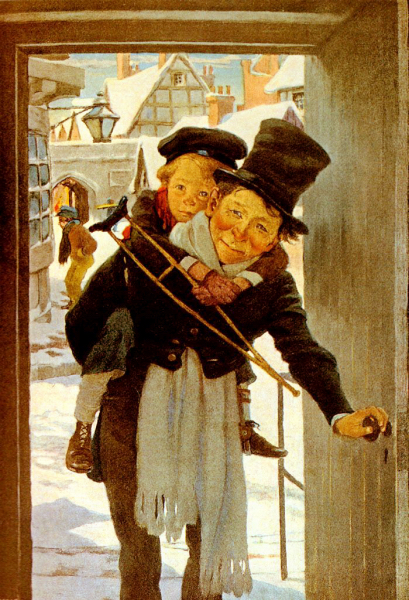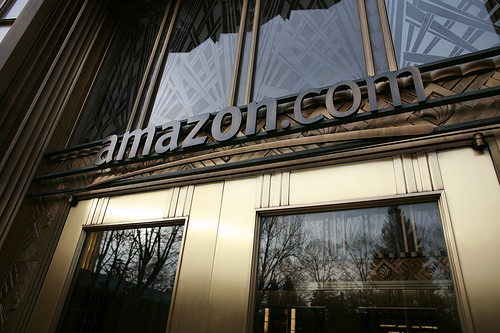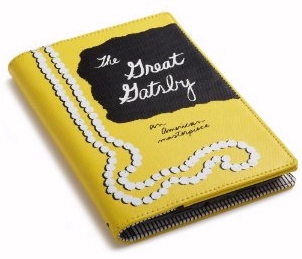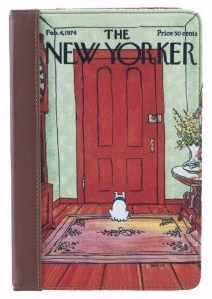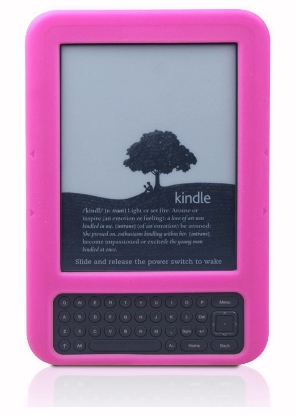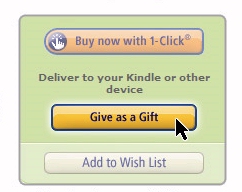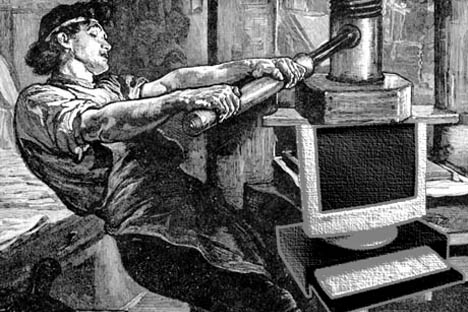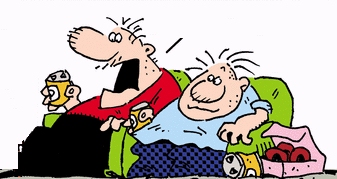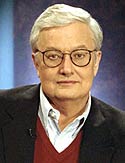
I’ve been fighting a cold this week — but it got me remembering some of my favorite blog posts of 2010. I’d been thinking about the way I viewed books not just 10 years ago, but 20 or 30. (Before what historians will eventually call “the digital revolution”.) I remembered being a teenager and watching an old black-and-white horror movie from the 1930s — I think it was The Invisible Man Returns — but what really impressed me was the elderly British inspector in the movie who had his own cozy den that was filled with shelves of books. I remember thinking that when I was a grown-up, I also wanted a luxuriously cozy study just like that — which would also be lined with my favorite books.
And I had the same thought when I saw Bilbo’s hobbit hole in The Fellowship of the Ring…
But now, instead, I have my Kindle, which can probably hold just as many books. And I have an extremely cozy armchair — so if you want to push the metaphor, I can claim that I’ve already realized my dream. But is the luxurious library itself going to become a think of the past? Maybe comfy homes of the future will have a sumptuous “library,” but containing just one single, but very elegant Kindle. It could have a special custom case — marble, maybe, or solid gold. Or maybe books will be still be collected, but as exotic antiquities from a bygone age…
Roger Ebert touched on this in the essay he wrote about how much he treasured the books that he’d loved — as reminders of his experiences while reading them! For example, he once lived at a place called University House.
“It had been built for troops during the war, and now housed graduate students. The water poured down the roof and collected in an exposed gutter which hurried it along somewhere downhill. I have long had this peculiar love of sitting very close to the rain and yet remaining protected — in a cafe, on a porch, next to a window, or there in that room, which had two iron-paned windows and a Dutch door. After a warning from our house mother, I’d gone to the OK Bazaar and purchased a small electric heater.”
I love reading on a rainy day, too, curled up in my cozy chair with a very good…ebook. It’s still a wonderful experience.
So maybe we don’t need the bookshelf-lined private study after all…
I once interviewed Roger Ebert back in 2001. (It happened via a brief e-mail exchange, but I remember him as exceedingly gracious, and I’ve been a huge fan ever since!) He thought a handheld PDA would be too frustrating to use as a newspaper columnist, because “A writer lives through a keyboard.” Now it was 2010, and I’d had to wonder: would Roger Ebert be enthusiastic about a handheld reading device? So I’d done a Google search to see if I could find a recent comment, and found that gloriously rambling essay written by Ebert himself (written just last year) — called Books Do Furnish a Life.
During the course of it, Ebert mentions one book after another that he’s cherished throughout his 67 years of life, and then admits that he still has a home library that’s filled with 3,000 different books. But soon I’d discovered a second link, where Roger Ebert finally shared his own personal feelings about the Kindle. It was in a fairly technical essay where Ebert explained why he prefers seeing films in celluloid prints (vs. newer digital projection systems), titled Why I’m So Conservative.
“In the earliest days of home video, I published an article in The Atlantic calling for a ‘wood-burning cinema.’ In recoil from the picture quality of early tapes, I called for the development of low-cost 16mm projectors for the home. No, this didn’t have the invisible quotation marks of satire around it. Seldom has a bright idea of mine been more excitingly insane…”
It’s hard to argue with his fondness, and the memories that go along with them. And it’s in the essay’s final sentence where he mentions the Kindle — and then brings all these themes together.
“I love silent films. I miss radio drama. In some matters, I feel almost like a reactionary. I love books, for example. Physical books with pages, bindings, tactile qualities and even smell. Once a year I take down my hardbound copy of the works of Ambrose Bierce, purchased for $1.99 by mail order when I was about 11, simply to inhale it. Still as curiously pungent as ever. I summarily reject any opportunity to read a book by digital means, no matter how fervently Andy Ihnatko praises his Kindle. Somehow a Kindle sounds like it would be useful for the wood-burning cinema.”
It’s an argument I’ve heard before, though I’ve never heard it expressed quite so eloquently. The wry resistance of my hero left me a little stunned, until I realized that the two of us also shared a tremendous common ground. After all, maybe Roger Ebert doesn’t love the Kindle. But he definitely loves reading!
And ironically, 11 of Roger Ebert’s books have already been published on the Kindle!

